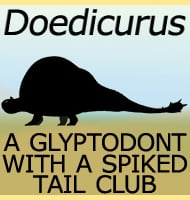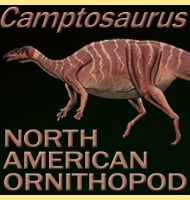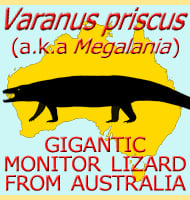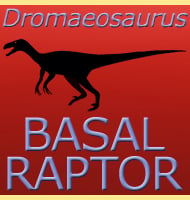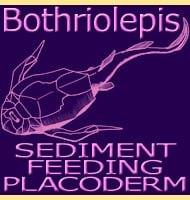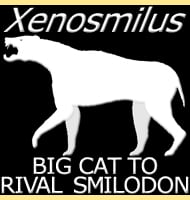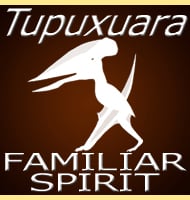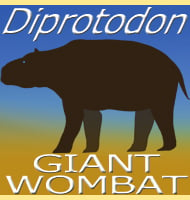In Depth
Further Reading
- Crocodylian diversity peak and extinction in the late Cenozoic of the northern Neotropics. - Nature Communications 4(1907):1-9. - T. M. Scheyer, O. A. Aguilera, M. Delfino, D. C. Fortier, A. A. Carlini, R. S�nchez, J. D. Carrillo-Brice�o, L. Quiroz & M. R. S�nchez-Villagra - 2013.

